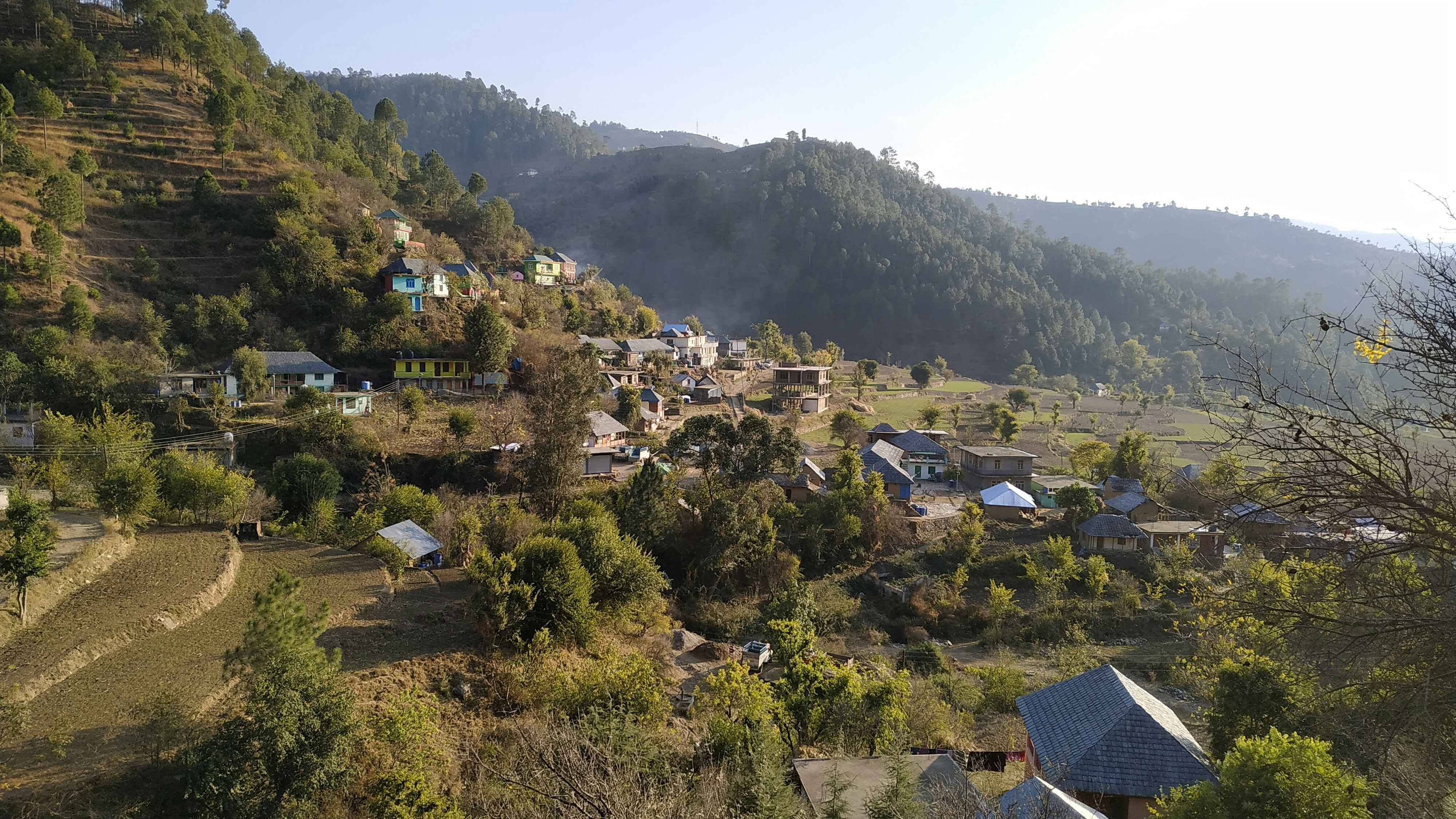Share this Article
In the vast and rugged landscapes of the Himalayas, the Sherpa people have long sustained themselves through simple yet hearty meals designed to fuel their bodies for the challenging environment. One such meal, deeply rooted in Sherpa culture, is Rildok. Rildok is more than just food; it’s a significant part of the Sherpa way of life, offering nourishment, warmth, and community. This article explores the origins, ingredients, and cultural significance of Rildok, the iconic Sherpa dish.
What is Rildok?
Rildok is a traditional and hearty Sherpa dish that has been a staple of the region’s cuisine for centuries. Known for its warmth and nourishing properties, Rildok is a versatile stew or soup designed to provide sustenance and energy, particularly in the cold, high-altitude environments of the Himalayas. The dish is deeply ingrained in the culture of the Sherpa people, serving not only as a source of nourishment but also as a symbol of hospitality and community.
The primary ingredient in Rildok is barley flour, often in the form of tsampa, a finely roasted flour that is a fundamental part of the Sherpa diet. Barley is an essential crop grown in the high-altitude region and is known for its resilience to harsh climates and its ability to sustain people with its complex carbohydrates, providing long-lasting energy. The barley flour gives Rildok its signature thickness and texture, creating a rich, hearty stew that is both filling and comforting.
In addition to barley, vegetables such as potatoes, carrots, onions, and leafy greens like spinach or mustard greens are commonly used. These vegetables, grown in the fertile valleys of the Himalayas, add nutritional value and contribute to the dish’s depth of flavor. The vegetables are simmered with the barley flour to create a rich, aromatic broth.
For added flavor and protein, meat such as yak, goat, or chicken is often included. The meat is slow-cooked until tender and infused with the flavors of the broth, adding a savory depth to the dish. In regions where meat is scarce or for those who prefer plant-based meals, vegetarian versions of Rildok are common, with the meat being replaced by additional vegetables, legumes, or pulses.
Rildok is not just about the ingredients, but also the method of preparation. The dish is typically made by first simmering the meat and vegetables in water or broth. Once the base is flavorful, barley flour is gradually stirred in to thicken the soup, allowing it to reach a creamy, stew-like consistency. The result is a nourishing, satisfying meal that is perfect for warding off the chill of the Himalayas.
Once fully cooked, Rildok is served hot in large bowls, often accompanied by a side of chang (a traditional fermented barley drink). Chang, similar to beer but with a low alcohol content, is a favorite beverage in the Sherpa community, typically enjoyed with meals and social gatherings. It pairs perfectly with Rildok, as its slight bitterness and tang complement the stew’s rich and hearty flavor. Alternatively, tea is another common beverage served with the meal, particularly butter tea (suja), which is made with yak butter and salt, providing an additional source of warmth and energy.
The communal aspect of Rildok is deeply ingrained in its preparation and serving. It is often cooked in large quantities, making it ideal for sharing among family members, friends, or travelers. The dish is typically served family-style in big pots or communal bowls, allowing everyone to scoop out their portion and enjoy the meal together. This communal eating style is a fundamental part of Sherpa culture, symbolizing hospitality, togetherness, and the spirit of community.
For example, after a long day of trekking through the rugged Himalayan landscape, it’s not uncommon for groups of trekkers or Sherpa guides to gather around a large pot of Rildok, sharing the warm stew with a side of chang. The dish becomes more than just a meal; it transforms into a moment of connection, where stories are exchanged, laughter fills the air, and the challenges of the day fade away with each comforting spoonful.
In Sherpa households, Rildok might be prepared for special occasions such as festivals or religious ceremonies, or simply as a hearty meal to sustain a family after a hard day’s work. At such times, the act of preparing and sharing Rildok becomes a way to honor tradition and maintain strong family bonds.
Ultimately, Rildok’s preparation and serving are more than just practical tasks—they are rituals that help preserve the Sherpa way of life, emphasizing warmth, nourishment, and the importance of community. Whether it’s a cold mountain night or a busy festival day, Rildok continues to be a symbol of the Sherpa people’s resilience, hospitality, and strong cultural heritage.
Cultural Significance of Rildok
Rildok is much more than a nourishing meal for the Sherpa people — it is a reflection of their culture, values, and way of life. Deeply embedded in the daily routines of the Sherpa community, Rildok serves as a symbol of hospitality, community, and resilience, values that are central to Sherpa culture and their relationship with the harsh environment of the Himalayas.
The communal nature of Rildok is one of its most significant cultural aspects. Sherpa people often cook this dish in large pots, which are intended to be shared among family members, friends, and guests. In a society where togetherness is valued above all, Rildok becomes a way of reinforcing these communal bonds. Whether it’s a family gathering or a moment of rest after a long trek, the meal is enjoyed together, creating a sense of unity and shared experience. The act of serving and eating Rildok becomes an essential ritual of hospitality. It is common for a host to serve large portions of Rildok to guests, ensuring that everyone is well-fed and feels welcomed. This tradition reflects the Sherpa people's belief in extending generosity and warmth to others, making guests feel like part of the family.
Furthermore, Rildok embodies the Sherpas' deep connection to the land. For generations, their survival has been intertwined with the natural environment, and their food culture reflects this bond. In the preparation of Rildok, the flavors of the land — the herbs, vegetables, and grains — come together to create a dish that nourishes not only the body but also the spirit, reinforcing the Sherpa people's sense of place and identity.
Thus, Rildok is more than just a meal — it’s a cultural cornerstone, an expression of Sherpa hospitality, and a testament to their enduring resilience in the face of adversity. From everyday life to grand celebrations, Rildok sustains the body and spirit, keeping the cultural fabric of the Sherpa people alive and well for future generations.
Categories:
Food & Drink
Tags:
SherpaCuisine
,
NepaliSoup
,
TibetanCuisine
,
NepaliCuisine







